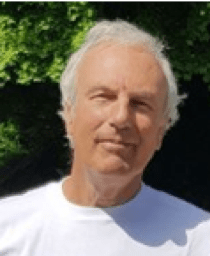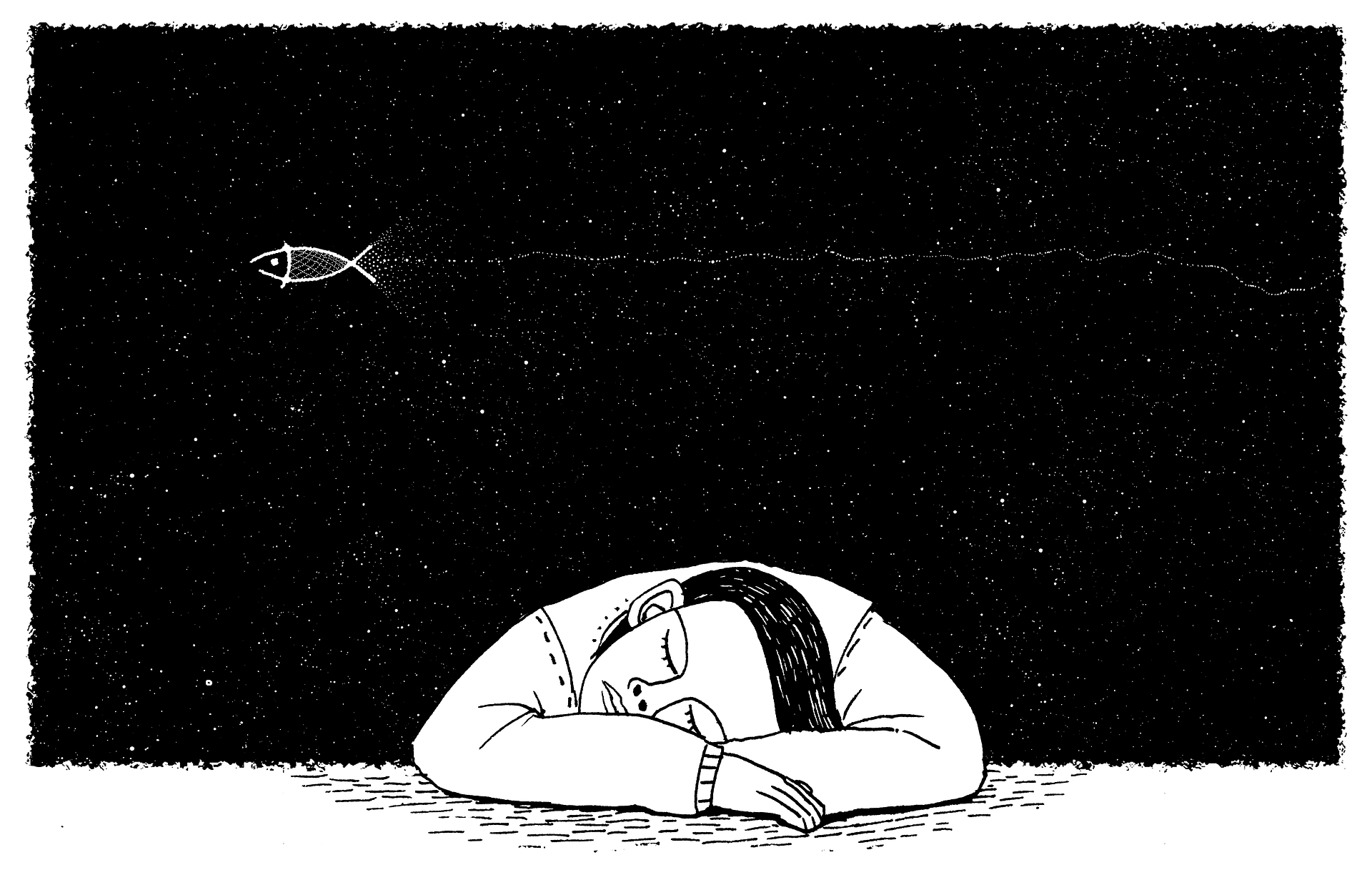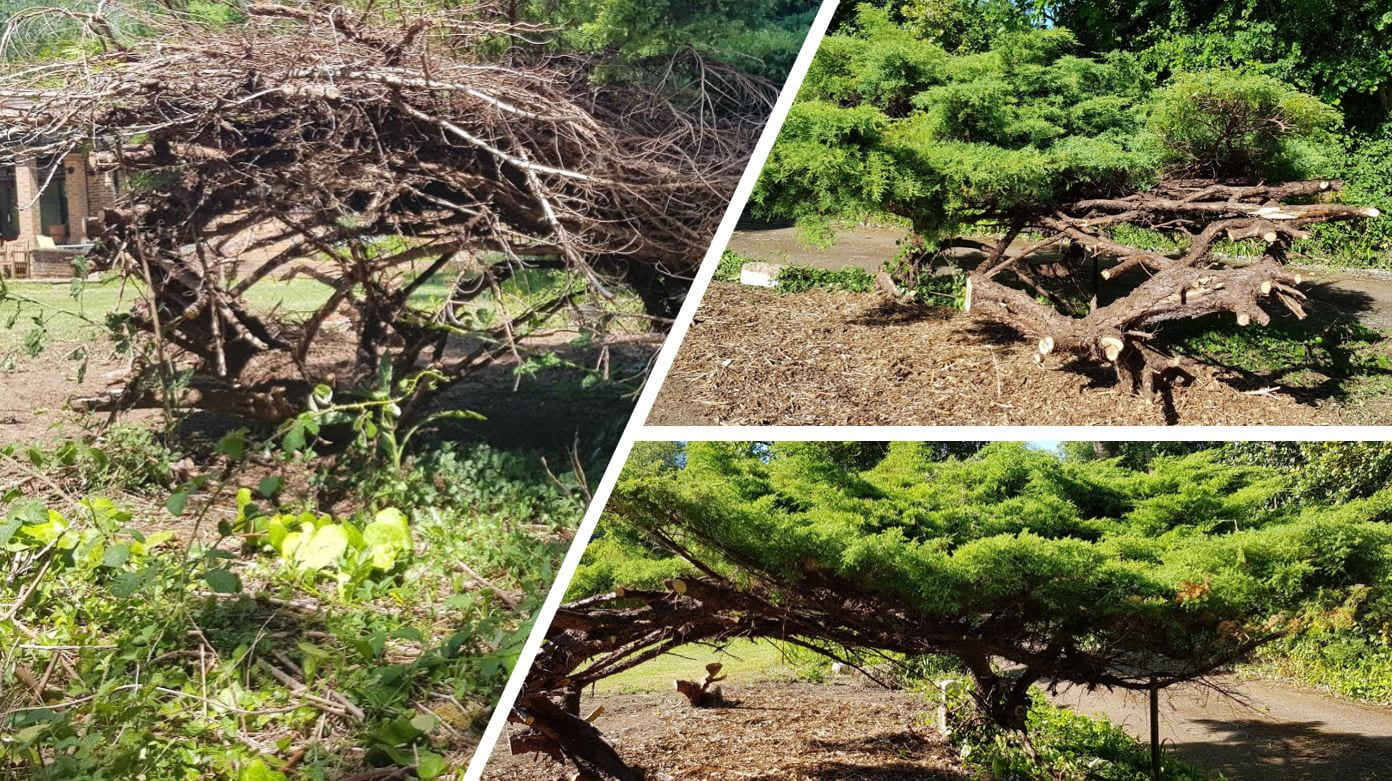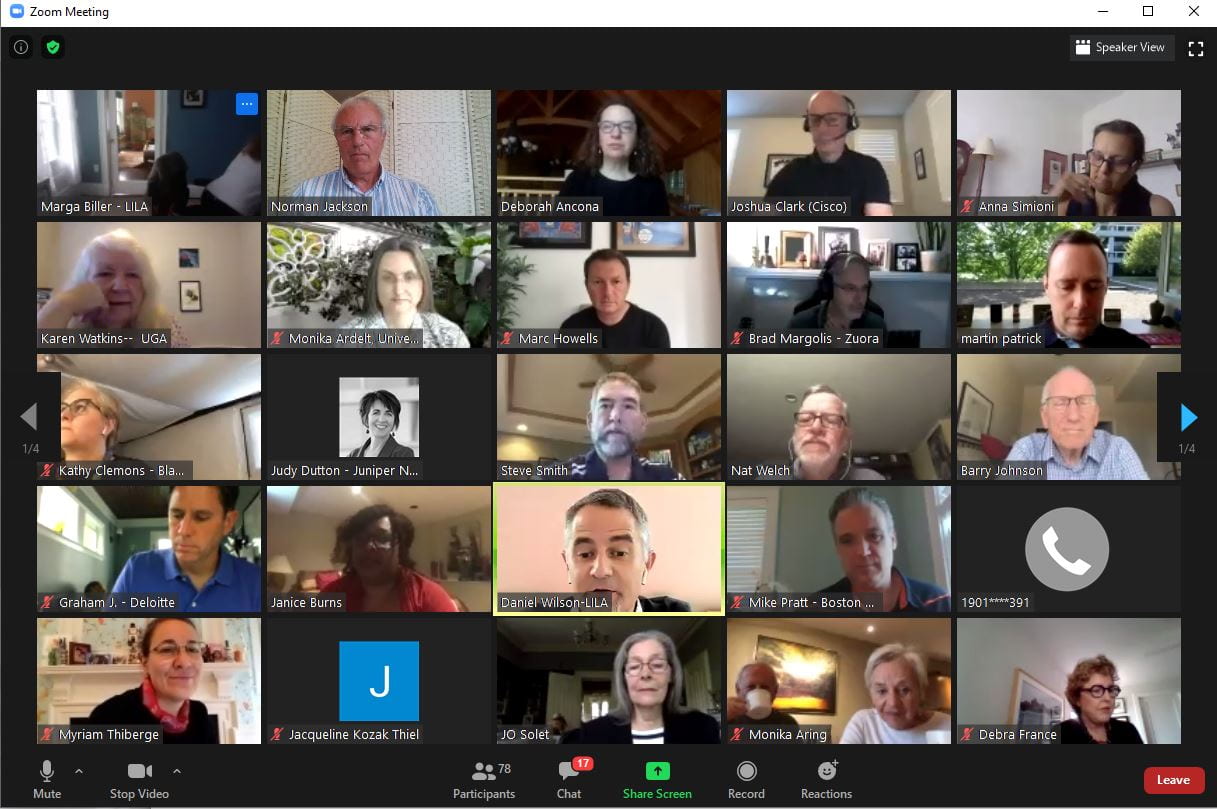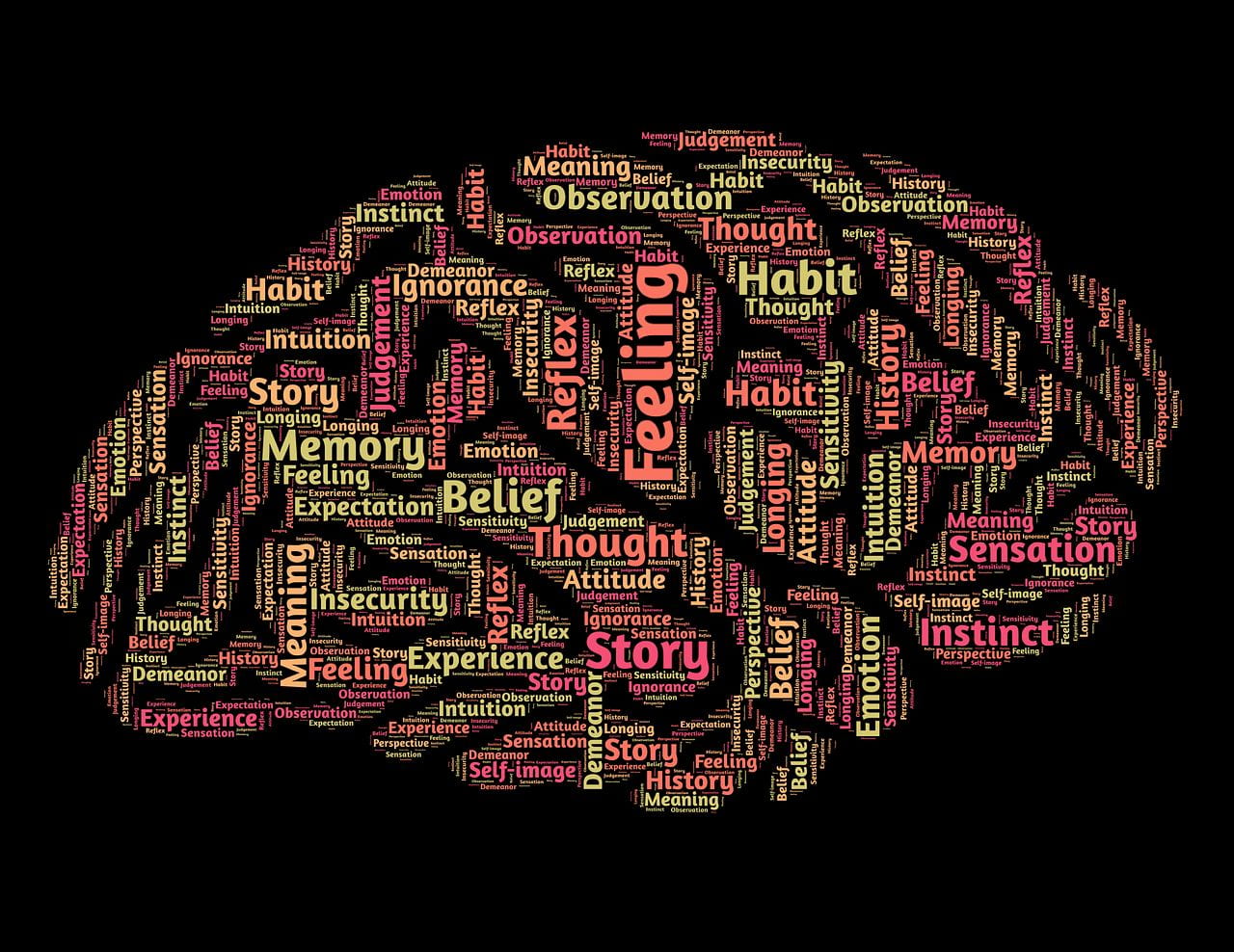Norman is Emeritus Professor of Higher Education at the University of Surrey and Founder of Lifewide Education and Creative Academic. He has long standing interests in creativity, learning through life and the ecology of learning and is a member of the imaginED community.
This post is in three parts. The first provides a narrative of some instances of using my imagination in a typical day in my life. The second and third parts try to make sense of my experiences of using my imagination through the use of several conceptual tools.
Context
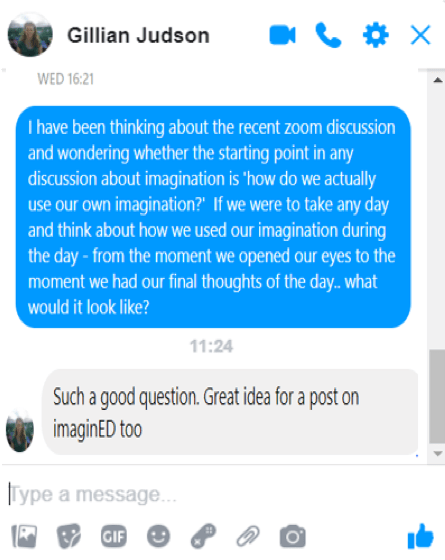 I had been thinking about a recent discussion on Zoom that Gillian Judson (GJ) had facilitated and the three questions I had been asked to answer after the event. To be honest I didn’t find the questions all that engaging. For me the best questions are those that challenge and make me delve into my own understanding about something and enable me to explore something in the context of my own life and experiences.
I had been thinking about a recent discussion on Zoom that Gillian Judson (GJ) had facilitated and the three questions I had been asked to answer after the event. To be honest I didn’t find the questions all that engaging. For me the best questions are those that challenge and make me delve into my own understanding about something and enable me to explore something in the context of my own life and experiences.
I had spent several hours proof reading and making the final edits to our latest edition of Creative Academic Magazine1, a process that requires little imagination at the end of a project over several months that requires lots of imagination and a great deal more in order to come to fruition. By the afternoon it was ready to publish on the website and I posted a notice and a link on facebook. It wasn’t long before I saw that GJ had commented on my post so I took the opportunity to message her about the zoom meeting, suggesting that the starting point for any discussion about imagination should be, ‘how do we actually use our own imagination?’
“If we were to take any day and think about how we used our imagination during the day – from the moment we opened our eyes to the moment we had our final thoughts of the day… what would it look like?”
Gillian thought it was a good question and invited me to write a post for the imaginED blog. This post describes what happened the following day.
May 28th A Day in My Life
Scene 1: Thinking Ahead – Exploring Possibilities
It’s just after 6am although I am not aware of the time as I emerge from sleep. I begin to become aware- the lightness and freshness in the room, the window has been open and it’s a little chilly. I can hear the birds singing outside, the distant sound of traffic on the road, and movements in the corridor – my wife I imagine.
As I lie semi-aware I start to think about some of the things I will or should do today. I would like to continue with the work in the garden I had begun yesterday – I pictured the area of dead bushes I had taken out and imagined continuing to cut them back, dig out the roots of bramble, add some nourishment to the soil and put down grass seeds. I pictured grass growing where weed infested, twig strewn bare ground now lies and felt a little surge of motivation to continue my project.
As my mind began to clear I remembered I am participating in a zoom conference this evening and imagined what it might be like from my past experiences of zoom events. I also visualised the background paper I have to read and the things I have to do to join the event and began to reason when I might do this.
A more immediate problem came into my mind. I have to transfer some money to my brother in Australia and it has been a bit of a rigmarole. I tried to do it over the phone yesterday but lacked some information, I know he would have sent it so I imagined myself making this transfer online.
Another ‘problem’ came into my mind – I have twin grandsons and its their 8th birthday in 2 days. Their parents are buying them a Nintendo Wii play station. I had promised to buy them a game which I had ordered on Amazon. I am hoping it will arrive today but I don’t have a birthday card so I started thinking about where I might buy a card. Under normal circumstances we would throw a birthday party for the family at the weekend but we are still in lockdown so I imagined going to their house for an hour and sitting in their garden eating some birthday cake.
My thoughts then turned to my youngest daughter who is returning to her workplace after 8 weeks working from home during the Covid 19 lockdown. She had lost her accommodation during the crisis and I am helping her look for new accommodation. I had spent several days off and on looking at air B&B but so far she had not booked anything. We had whittled it down to two possible hotels for the first week – one much nicer but considerably more expensive than the other and I tried to see the two possibilities from her perspective imagining what the hotels might be like from the descriptions I had read and the respective journeys to work. Alongside my visualisations I could see my reasoning working away to try to work out what advice I might give her.
Perhaps 10 mins had elapsed since I began to wake up but now I am fully awake and so I get out of bed and into the routines I practise everyday.
While brushing my teeth I think of the first few minutes of my journey to awareness and realise that even this mundane, nothing special story of a few minutes in my life illustrates just how important and valuable my imagination is to my sense of who I am.
Anecdote: It was lunchtime and I was having a sandwich in the garden with one of my daughters. I asked her ‘how did she use her imagination in ordinary everyday settings’. Immediately she volunteered, “I use it to help me get out of bed in the morning”.
It transpired that she did exactly what I did in my opening scene to think ahead and build pictures of what she was going to do that day and to help her plan what she might do once she had the picture in her mind (I noticed she used the word picture). We talked about other things, but I thought it was interesting that the first thing that came into her head was also the first thing that came into my consciousness that morning.
Scene 2: Visualising And Implementing Change
I did indeed get into the garden later in the day to continue what I had started the day before. It was hot and sweat dripped off my forehead as I dug up brambles and other weeds, and cut off dead branches from the conifers before hauling them away for burning. As I toiled I kept thinking about what this much neglected patch of garden might look like in a year when I have levelled the ground, enriched the soil, grown grass and perhaps landscaped it with ferns.
I kept visualising a Japanese garden with its twisted conifers and stones. Every time I made a significant cut I tried to visualise what the tree would look like after I had made the cut. As I was working I remembered I had a pile of wood chippings that I can use under the trees. An image of the pile of wood chips at the bottom of the garden came into my mind to give substance to the idea. The image enabled me to see the possibility of using the chips in the change I was trying to bring about and when I had finished my cutting and weeding I did indeed lay down a layer of wood chips under and around the trees.
The thought of making a positive difference to this little patch of long neglected ground motivated me to press on. In a few hours of work I saw the difference I had made and it made me feel positive about what I was doing. I am sure that this feeling will sustain me and encourage me to continue transforming this part of the garden.
Scene 3: Exploring Ideas – Making New Meaning
My third snapshot of how I used my imagination today is related to my work. I am participating in a year-long inquiry organised by the Learning Innovations Laboratory (LILA) in the education faculty of Harvard University on the theme of learning ecologies.
Last October I helped facilitate a two day event in Boston and tonight is the first of two zoom summit events where participants meet to consider the outcomes from the year long inquiry. I had been sent a briefing paper to read and a link to a video I was expected to watch so I spent a chunk of the day reviewing the materials. I jotted down a number of points before identifying a potential theme and imagining, by sketching onto a piece of paper, how I could connect or synthesise these points into a bigger and more meaningful picture.
The zoom event, a one hour keynote presentation by Ann Pendleton-Jullian and John Seely Brown (two of my favourite thinkers), was scheduled for 8pm my time and I wasn’t disappointed. Their talk was formed around the idea of hyper-connectivity (the infinitely complex interconnectedness and entanglements of people, things, events, wicked problems) that creates a ‘white water world’ full of uncertainty, turbulence, instability and disruption, and how this context requires us to design organisations and our own engagements with the world in new (ecological) ways.
What emerged was a powerful exposition of the centrality of human imagination in working with such complexity and the need for humans to develop abilities in abductive reasoning in order to create missing pieces of information in complex informational jigsaw puzzles ‘by imagining and exploring what could possibly be?’ My exposure to these ideas reinforced my belief that these thinkers make an overwhelming case for educational systems to make the development of ‘imagination’ and abductive reasoning a central concern.
As I tried to absorb the information I was being given I became excited by the idea of “seeing how an object can be changed through connections” which have to first be imagined rather than enacted. I connected this thought in my own mind to the idea of affordance – opportunities to act and to the idea that unique individuals with unique imaginations working in unique contexts results in individuals perceiving unique affordances in the world that has meaning to them. A small but significant insight for me in my ongoing exploration of the idea of ‘learning ecologies.’
May 28th A Day of Creation
May 28th was no different to many other days in my life. A lot of mundane stuff happened together with one out-of-the-ordinary event.
But looking back it was a day of creation in which I used my imagination to visualise how something might be different and then acted upon this thought to change the something. As far as I am concerned these are acts of everyday little-c creativity2.
I consider myself to be a writer so it was not unusual for me to spend time writing but it was a novel experience for me to tell a story about my imagination driven by the belief that the effort involved would pay off in enabling me to gain new insights into how my imagination worked for me.
It would be wrong to think of this article as a reflective essay written after the event. The way it was constructed is consistent with Tim Ingold’s view of creativity who says, “to read creativity ‘forwards’, as an improvisatory joining in with formative processes, rather than ‘backwards’, as an abduction from a finished object to an intention in the mind of an agent.”3 Like creativity, we have to read our imagination forwards as it emerges in particular contexts, acts and circumstances. It is no use seeing the result of our actions that have been inspired by end product and then working backwards to join up the dots.
I wrote the article in three sessions as the day unfolded and two sessions on the following day. I wrote scene 1 at 8am and wrote my anecdote and scene 2 at 3pm together with the first part of scent 3. Scene 4 was written at 10pm together with most of my sense making (shared in part 2 of my narrative). I did a final read through, edits and additions the next morning before sending my article to GJ. After the article was accepted for the imaginED blog I did some restructuring and edits as the article was divided into three parts and added some additional thoughts to part 2 and 3.
Although I imagined the idea of telling the story of how I used my imagination during a typical day in my life before Gillian’s invitation to write for the imaginED blog, it was created in response to her invitation. The invitation provided the affordance for me to turn my imagined idea into productive action aimed at producing what I hoped would be a useful artefact. When I emerged from my sleep this morning, the idea was present in my mind and came to life in a conscious imagined thought when I was cleaning my teeth. This thought generated the impulse to act. After making a cup of tea I sat down and tried to remember as much of my waking up as I could. At first it was just a series of notes but then my writer’s imagination began to weave the notes into a story as I gained pleasure from the process of revelation.
In part two of my narrative of a day in the life of my imagination I use some simple tools to try to dig deeper into what my imagination means to me and how I used it on May 28th.
Sources
- Exploring and Celebrating Creative Self-Expression. Creative Academic Magazine #16 available at: https://www.creativeacademic.uk/magazine.html
- Kaufman, J and Behgetto R (2009) Beyond Big and Little: The Four C Model of Creativity Review of General Psychology Vol. 13, No. 1, 1–12 Available at: https://www.researchgate.net/publication/228345133_Beyond_Big_and_Little_The_Four_C_Model_of_Creativity
- Ingold T (2010) Bringing Things to Life: Creative Entanglements in a World of Materials. Working Paper #15 ESRC National Centre for Research Methods NCRM Working Paper Series, http://eprints.ncrm.ac.uk/1306/1/0510_creative_entanglements.pdf
Interested in Reading More?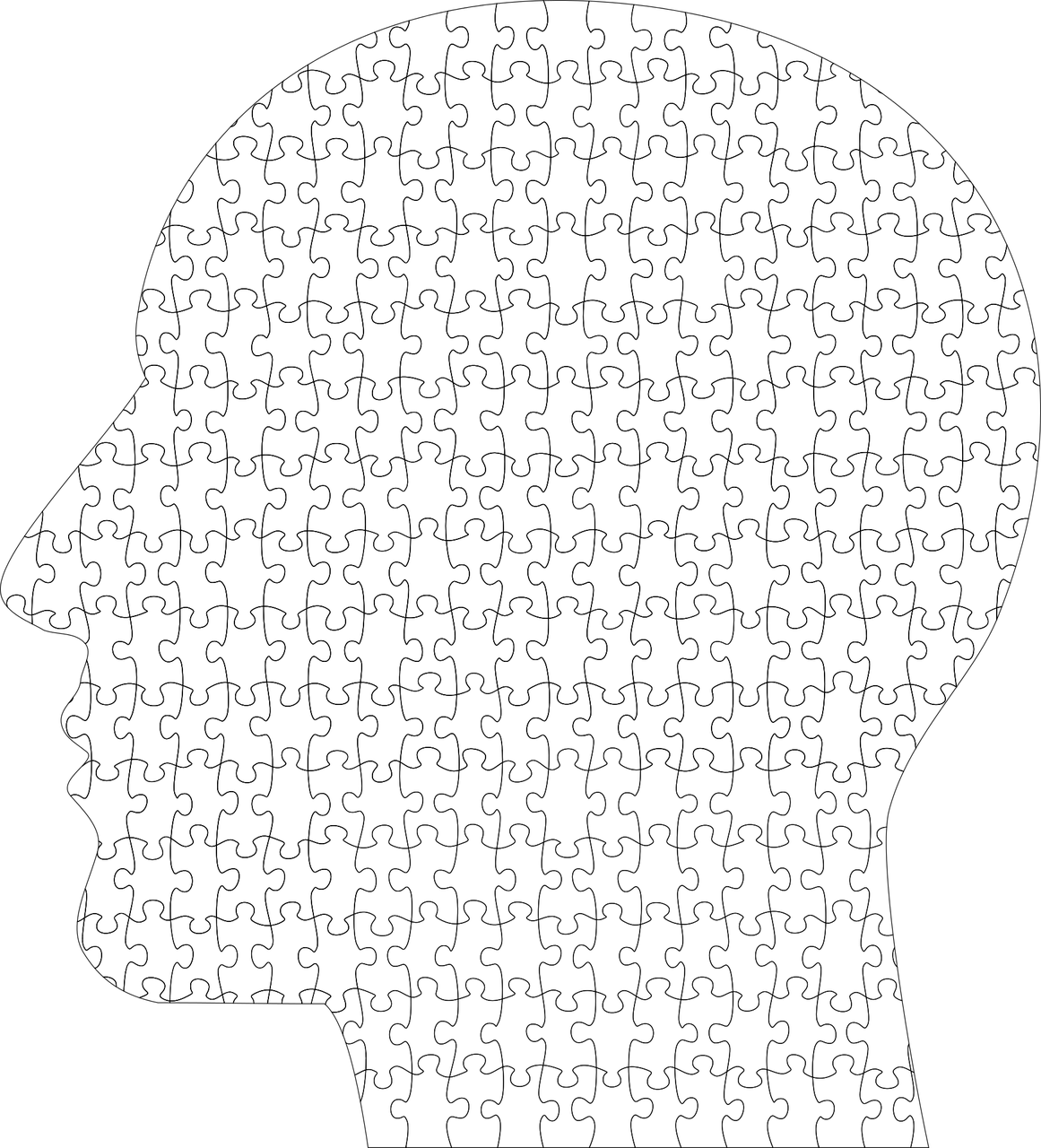
Stayed tuned to learn more about Norman’s reflections on imagination in Part 2 and Part 3 of this post.

